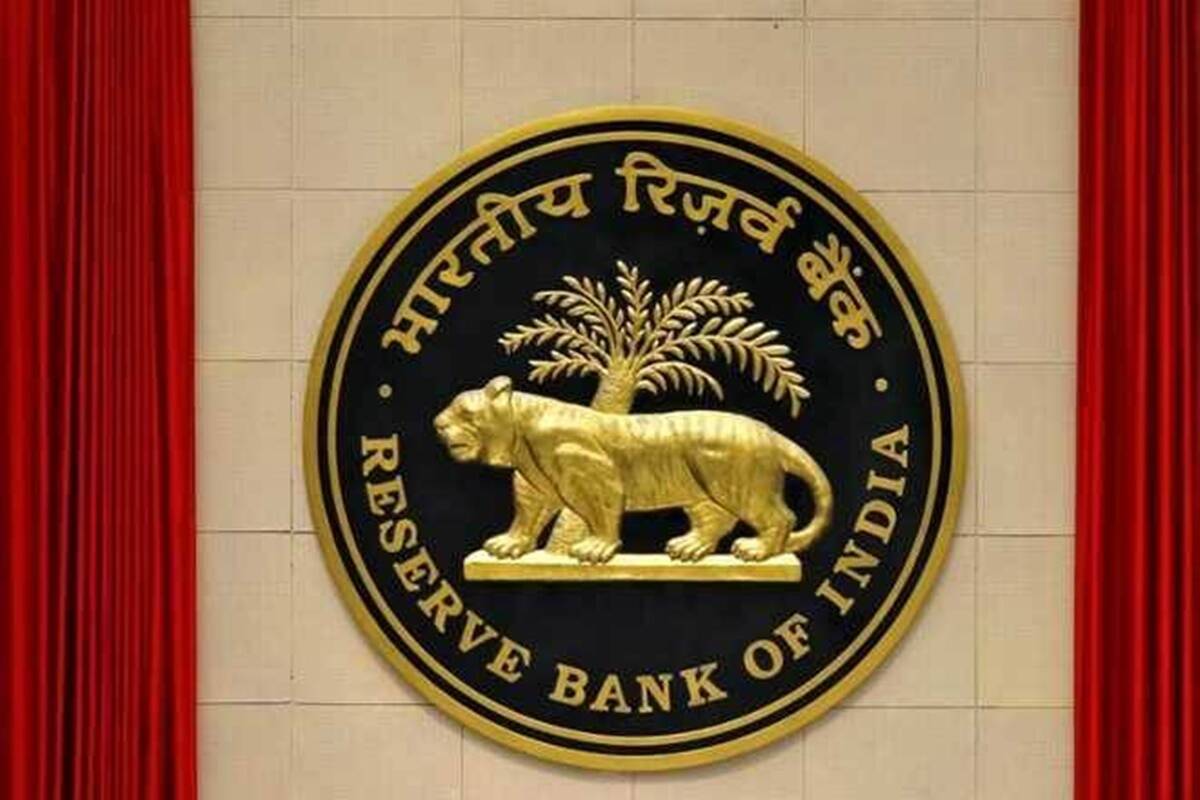 The asset quality of the NBFC sector deteriorated as slippages rose in FY20. However, efforts were made by NBFCs to clean up their balance sheets, as reflected in their written-off and recovery ratios, the RBI said.
The asset quality of the NBFC sector deteriorated as slippages rose in FY20. However, efforts were made by NBFCs to clean up their balance sheets, as reflected in their written-off and recovery ratios, the RBI said. The percentage of customers availing the moratorium has been relatively lower for non-banking finance companies (NBFCs), while loans outstanding under moratorium were higher than those extended by scheduled commercial banks (SCBs), indicative of incipient stress, the Reserve Bank of India (RBI) said. While loans to industry have typically contributed to NBFC stress, a worsening in retail credit quality cannot be ruled out, the central bank observed in its report on the trend and progress of banking in India for FY20.
The asset quality of the NBFC sector deteriorated as slippages rose in FY20. However, efforts were made by NBFCs to clean up their balance sheets, as reflected in their written-off and recovery ratios, the RBI said. “The NNPA (net non-performing asset) ratio remained stable and the provision coverage ratio (PCR) improved in the period under consideration. In 2020-21 (up to September), impairment in asset quality intensified,” stated the report.

A sectoral snapshot of stressed assets of NBFCs-ND-SI shows that industry, which is the largest recipient of NBFC lending traditionally, had the highest share of stressed assets. The distress in the services sector, particularly in commercial real estate, with 34.7% share in services sector loans and advances, became apparent as its stressed assets shot up in FY20, surpassing those in industry. “However, in the light of the economic damage inflicted by Covid-19 across segments, the asset quality of NBFCs may worsen even in the retail loans category, which is generally considered a safe haven with the lowest share of stressed assets,” the RBI said. Since FY19, the proportion of standard assets has declined, as slippages to sub-standard category increased. In FY20, doubtful assets also registered a marginal uptick, while the share of loss assets remained constant. In H1FY21, standard assets shrunk further even as the proportion of doubtful and loss assets increased.
The gross NPA (GNPA) ratio of non-deposit taking systemically important (NBFCs-ND-SI) deteriorated in FY20 on account of the worsening asset quality of NBFCs- ICC, or investment and credit companies. Infrastructure finance companies (IFCs) reported an improvement in their GNPA ratio, mirroring resolution in stressed assets of a prominent government NBFC, the report said. Microfinance institutions (MFIs) registered a further improvement in asset quality, reflecting the inherently healthy quality of the MFI loan portfolio.
Deposit-taking NBFCs (NBFCs-D) fared better than NBFCs-ND-SI in terms of asset quality. They exhibited a marginal decline in their GNPA ratio in FY20, aided by steady growth in disbursements. Their NNPA ratio also remained stable. In FY21 up to September, their asset quality registered further improvement.
This article is auto-generated by Algorithm Source: www.financialexpress.com



